
ID notes:The broadly ovate to deltate reniform triternately divided leaf blades with slender linear ultimate segments are distinctive in this species and few others can be confused with it. It occasionally grows with V. pedata in drier prairies and the two are commonly mistaken for each other, but this species can immediately be distinguished by its ascending elongate rhizome, 2-to 3-times-divided terminal primary division on the largest leaf blades, free stipules, and densely bearded lateral and spurred petals. Like all other native Viola species in our region except for V. pedata, it expresses a mixed breeding system that shifts to cleistogamy in the summer, in which the capsules can easily be identified as cleistogamous by the tiny tightly curled style at the apex; V. pedata is strictly chasmogamous and, as such, does not produce such capsules after chasmogamous flower. This species can be distinguished from V. brittoniana, the other cut-leaved species in the i group, by its more extensively divided leaf blades with equally slender ultimate segments, usually ciliate sepals, and larger seeds. It was previously confused with but is different from V. tenuisecta in its triternate leaf blades appressed hirtellous along veins, lanceolate sharply acuminate ciliate sepals, prominent auricles, densely bearded spurred petal, unspotted cleistogamous capsule on an erect peduncle, and unspotted brown seeds. It can be distinguished from V. baxteri and V. subsinuata by its glabrous or sparsely hirtellous foliage, the indument (when present) composed of shorter hairs, lanceolate sharply acuminate ciliate sepals, prominent auricles, densely bearded spurred petal, unspotted cleistogamous capsule on an erect peduncle, and unspotted brown seeds.
Origin/Endemic status: Native
Synonymy: = Ar, F, G, GrPl, Il, S13, Ballard () (in prep), Ballard, Kartesz, & Nishino (2023); = Viola palmata L. var. pedatifida (G.Don) Cronquist – C; = Viola pedatifida G.Don ssp. pedatifida – McKinney & Russell (2002); < Viola pedatifida G.Don – FNA6, K3, K4
Wetland Indicator Status:
- Eastern Mountains and Piedmont: FACU (taxonomic split from wetland indicator species)
- Great Plains: FACU (taxonomic split from wetland indicator species)
- Midwest: FACU (taxonomic split from wetland indicator species)
- Northcentral & Northeast: FACU (taxonomic split from wetland indicator species)
Heliophily: 9
Hover over a shape, letter, icon, or arrow on the map for definition or see the legend.
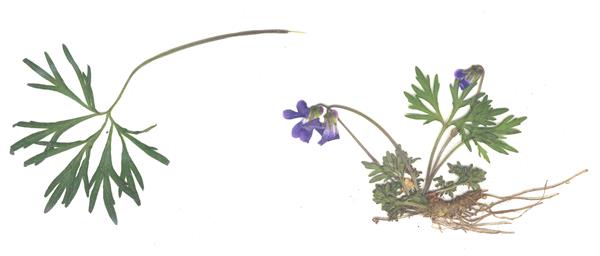 © Bruce A. Sorrie | Original Image ⭷
© Bruce A. Sorrie | Original Image ⭷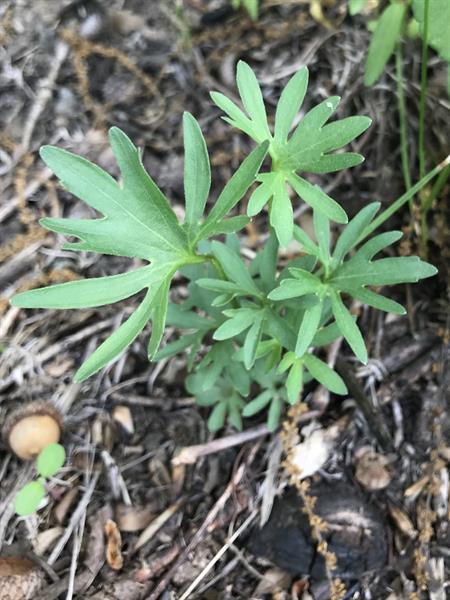 © Paul Marcum source
© Paul Marcum source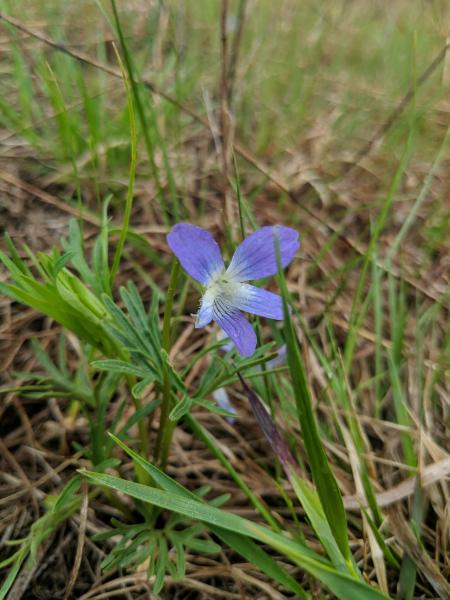 © Alex Graeff, some rights reserved (CC BY-NC-ND), uploaded by Alex Graeff source CC-BY-NC-ND, permission granted to NCBG | Original Image ⭷
© Alex Graeff, some rights reserved (CC BY-NC-ND), uploaded by Alex Graeff source CC-BY-NC-ND, permission granted to NCBG | Original Image ⭷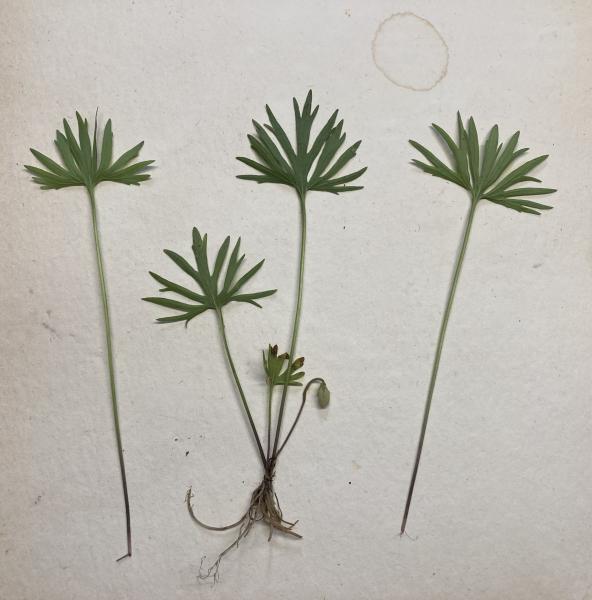 © theo_witsell, some rights reserved (CC BY-NC), uploaded by theo_witsell source CC-BY-NC, permission granted to NCBG | Original Image ⭷
© theo_witsell, some rights reserved (CC BY-NC), uploaded by theo_witsell source CC-BY-NC, permission granted to NCBG | Original Image ⭷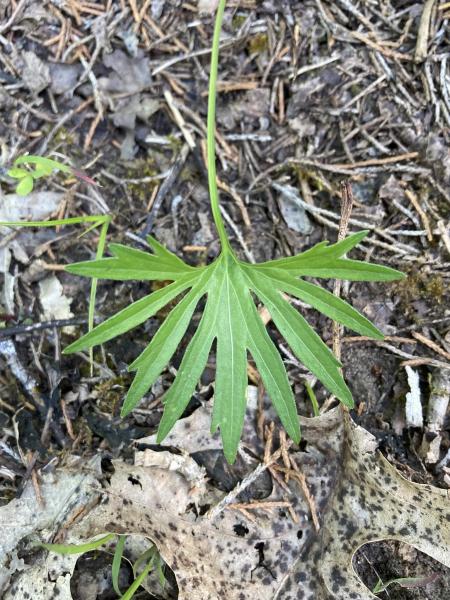 © theo_witsell, some rights reserved (CC BY-NC), uploaded by theo_witsell source CC-BY-NC, permission granted to NCBG | Original Image ⭷
© theo_witsell, some rights reserved (CC BY-NC), uploaded by theo_witsell source CC-BY-NC, permission granted to NCBG | Original Image ⭷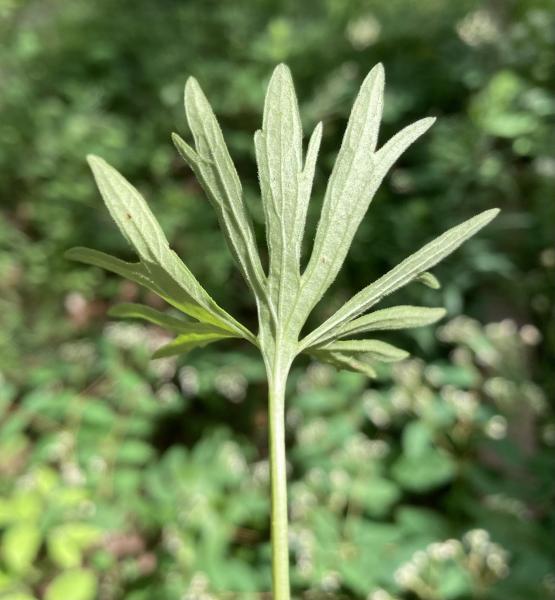 © theo_witsell, some rights reserved (CC BY-NC), uploaded by theo_witsell source CC-BY-NC, permission granted to NCBG | Original Image ⭷
© theo_witsell, some rights reserved (CC BY-NC), uploaded by theo_witsell source CC-BY-NC, permission granted to NCBG | Original Image ⭷Feedback
See something wrong or missing on about Viola pedatifida? Let us know here: (Please include your name and email if at all complicated so we can clarify if needed.)
Cite as...